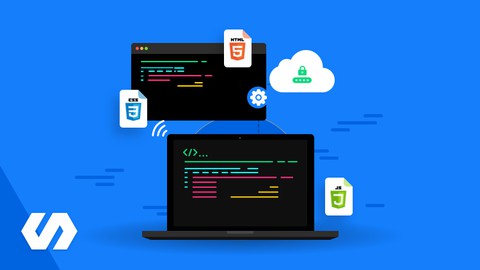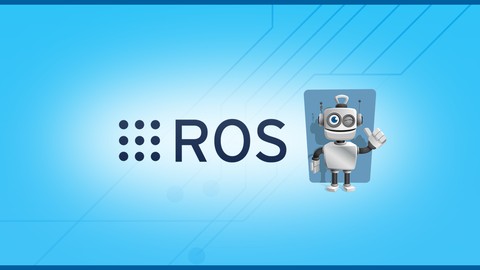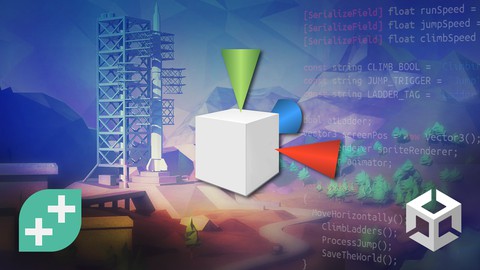SQL and PostgreSQL: The Complete Developer's Guide
Loại khoá học: IT Certifications
Become an expert with SQL and PostgreSQL! Store and fetch data, tune queries, and design efficient database structures!
Mô tả
Database structure design? It's here. Query tuning and optimization? You'll master it. Complex queries? Yes indeed!
This is the only course online that will teach you how to design a database, store complex data, optimize your queries, everything that is needed for operating a production, scalable database!
Every app in the world, whether it is a mobile app built with Flutter, a web app constructed with React, or a plain HTML page, needs to store information in a database. Although there are many different databases you can use, PostgreSQL has been a number-one pick for decades, offering scalable performance, rock-solid uptime, and flexible design systems. This course will teach you everything you need to know about PostgreSQL to use it on your next big project!
Don't know anything about databases at all? No problem. We begin with an overview of SQL, the language used to interact with PostgreSQL. Through an incredible number of exercises, you'll get practical, hands on experience working with realistic datasets. You will understand how to store, fetch, and update information with a series of powerful commands.
After gaining experience with elementary operations, you will move on to understanding database design patterns, offering multiple ways to structure your database for efficient data modeling. You'll see many different scenarios with different types of data, and understand the pros and cons to several approaches.
This course is packed with practice exercises and quizzes. You'll get immediate practice on all of the different topics and features that you learn! In addition, you'll understand exactly where to use each of these features in real and practical projects.
Besides getting practical hands-on experience, you'll also get a behind-the-scenes look at how PostgreSQL works internally. We'll dive into raw data files, investigating how PostgreSQL stores information on your hard drive bit by bit. This knowledge is invaluable when it comes time to start tuning your queries for performance. By having a natural instinct of how PostgreSQL works, you can plan on being able to get every last bit of performance out of your database.
Here is a partial list of some of the topics that are covered in this course:
Apply powerful SQL commands to store, update, and retrieve information
Build relationships between records using foreign keys between tables
Understand PostgreSQL's numerous data types, and when to use each
Assemble reports of business data by using aggregation pipelines
Work with millions of records to simulate real production queries
Exercise your query logic skills through the use of sets and sorting operators
Compose queries out of smaller reusable units using subqueries
Use different design patterns to efficiently model your data
See how to divide database objects into different schemas to maintain them more easily
Validate your data using simple 'check' rules
Construct perfect designs for common features such as 'like', 'follow', and 'tag' systems
Speed up your queries with indexes - you'll see exactly how they work behind the scenes!
Dive into some of the most complex queries around with recursive common table expressions
Deal with concurrency issues easily by applying transactions
I made this course to be the perfect resource for engineers just getting started with their first database. Master the database itself, and see how to apply it with real designs. Sign up today and master PostgreSQL!
Bạn sẽ học được gì
Master the fundamentals of relational databases
Acquire the skills necessary to obtain a database administrator (DBA) or database developer job
Design fast and efficient databases using the latest technologies
Practice your skills with many quizzes, projects, and built-in exercises
Learn and apply multiple database design patterns
Optimize queries for superb read and write efficiency
Understand how PostgreSQL stores information at the hardware level
Connect PostgreSQL to front-end apps using an API
Build common app features, such as a 'like' and 'mention' systems
Handle complex concurrency issues and race conditions
Advance your database designs using schema migrations
See how to use PostgreSQL to speed up automated tests
Yêu cầu
- A Mac, PC, or Linux-based Computer
Nội dung khoá học
Viết Bình Luận
Khoá học liên quan

Đăng ký get khoá học Udemy - Unica - Gitiho giá chỉ 50k!
Get khoá học giá rẻ ngay trước khi bị fix.


















Đánh giá của học viên
Bình luận khách hàng